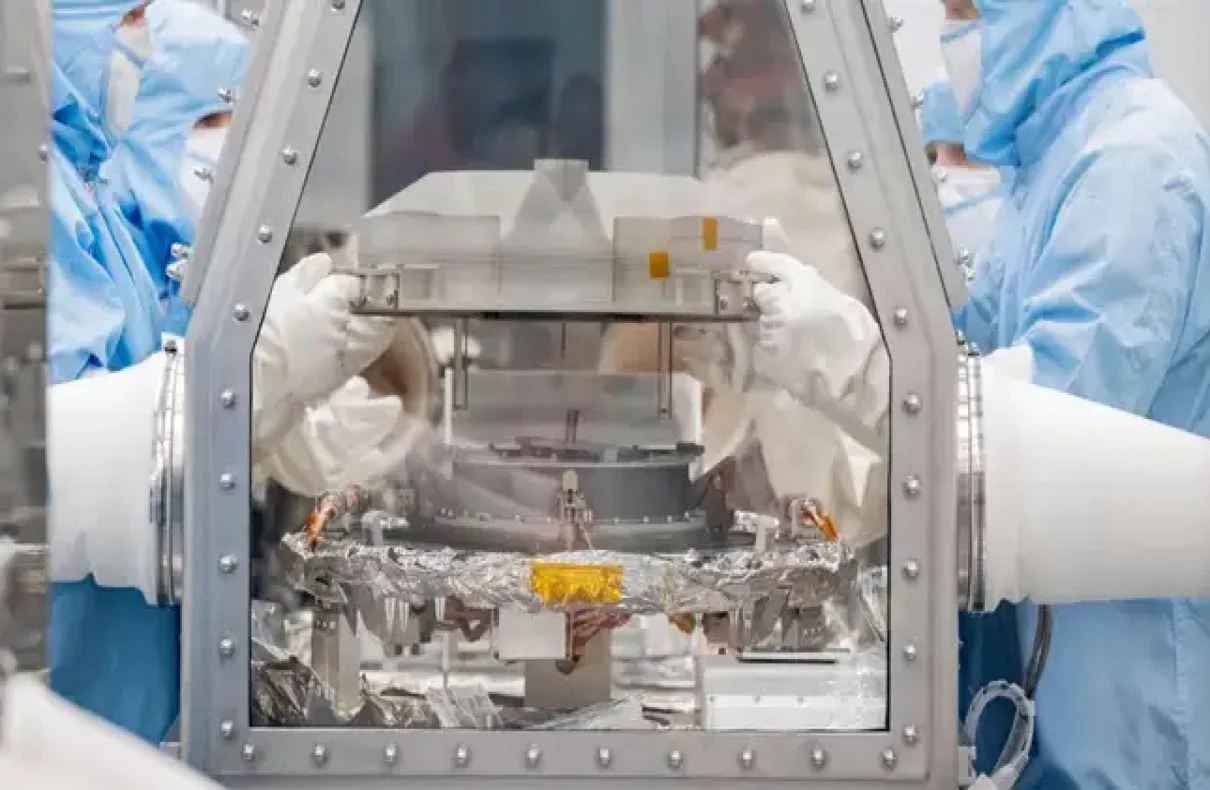
In a groundbreaking mission, NASA’s OSIRIS-REx spacecraft embarked on a journey to asteroid Bennu, located billions of miles away from Earth. After months of meticulous planning and preparation, the mission reached a significant milestone by successfully collecting samples from the surface of the asteroid. These samples hold the key to unraveling the mysteries of our cosmic origins and providing valuable insights into the evolution of our solar system.
The OSIRIS-REx mission, a testament to human ingenuity and scientific curiosity, set out to collect samples from asteroid Bennu and bring them back to Earth for analysis. The journey of this spacecraft spanned billions of miles, culminating in a triumphant landing in Utah in September 2023. NASA scientists and engineers faced numerous challenges along the way, but their unwavering dedication and innovative problem-solving skills ensured the success of this historic mission.
One of the most significant discoveries made by the OSIRIS-REx mission is the widespread presence of carbon-bearing, organic material on the surface of asteroid Bennu. Scientists, led by Amy Simon from NASA’s Goddard Space Flight Center, found evidence of carbon-rich compounds, some of which resemble those found in biological systems. This discovery has far-reaching implications for our understanding of the origins of life on Earth and the potential for extraterrestrial life elsewhere in the universe.
NASA Overcomes the Toughest Challenge – Accessing Bennu Sample
Through extensive analysis of the geological features of asteroid Bennu, scientists have uncovered fascinating insights into its composition and history. The presence of carbonate minerals, identified by Hannah Kaplan from Goddard, suggests the existence of a hydrothermal system on Bennu’s parent asteroid. These minerals, which precipitate from hydrothermal fluids containing water and carbon dioxide, have been found in boulders near the Nightingale crater, where the mission made its first sample collection attempt. This discovery provides valuable clues about the formation and evolution of Bennu and its parent body.
One of the most exciting aspects of the OSIRIS-REx mission is the collection of pristine material from asteroid Bennu. Scientists, led by Dani DellaGiustina at the University of Arizona, discovered that the regolith (surface material) at the Nightingale site had only recently been exposed to the harsh space environment. This means that the samples obtained from this site are exceptionally well-preserved and offer a unique opportunity to study the pristine material of the asteroid. The analysis of this material will provide invaluable insights into the early history of our solar system.
The spectral diversity of asteroid Bennu has been a subject of great interest and debate among scientists. In their research, led by Ben Rozitis from The Open University, scientists distinguished two main types of boulders on Bennu’s surface: dark and rough, and bright and smooth. These different boulder types not only differ visually but also possess distinct physical properties. The dark boulders, which are weaker and more porous, are more common on Bennu. On the other hand, the bright boulders, which are stronger and less porous, host the carbonate minerals identified by Kaplan and her team. These findings shed light on the geological evolution of Bennu and provide insights into its formation processes.
Thanks to the OSIRIS-REx Laser Altimeter (OLA), scientists have gained unprecedented insights into the terrain of asteroid Bennu. Michael Daly of York University led a team of researchers who used the OLA data to develop a highly detailed 3D digital model of the asteroid’s surface. This model revealed the presence of ridge-like mounds that extend from pole to pole, a feature that had previously gone unnoticed. Additionally, the model showed that Bennu’s northern and southern hemispheres have different shapes, with the southern hemisphere appearing smoother and rounder. These findings provide valuable information about the topography and geological processes shaping Bennu.
The Spectacular Solar Eclipse Experience in Texas Hill Country
Another remarkable achievement of the OSIRIS-REx mission is the understanding of Bennu’s gravity field. By tracking the trajectories of the spacecraft and particles ejected from Bennu’s surface, scientists, led by Daniel Scheeres of the University of Colorado Boulder, reconstructed the gravity field of the asteroid. This analysis revealed that the interior of Bennu is not uniform, with pockets of higher and lower density material. The presence of a void at the center of the asteroid and the under-dense bulge at its equator provide important clues about the internal structure and rotational dynamics of Bennu.
The OSIRIS-REx mission represents a significant milestone in the field of planetary science and underscores the importance of sample return missions. By bringing back pristine material from asteroid Bennu, scientists can conduct detailed analyses and experiments that were previously impossible. These samples will be studied for generations to come, providing valuable insights into the formation of our solar system, the origins of life on Earth, and the potential for life elsewhere in the universe.
